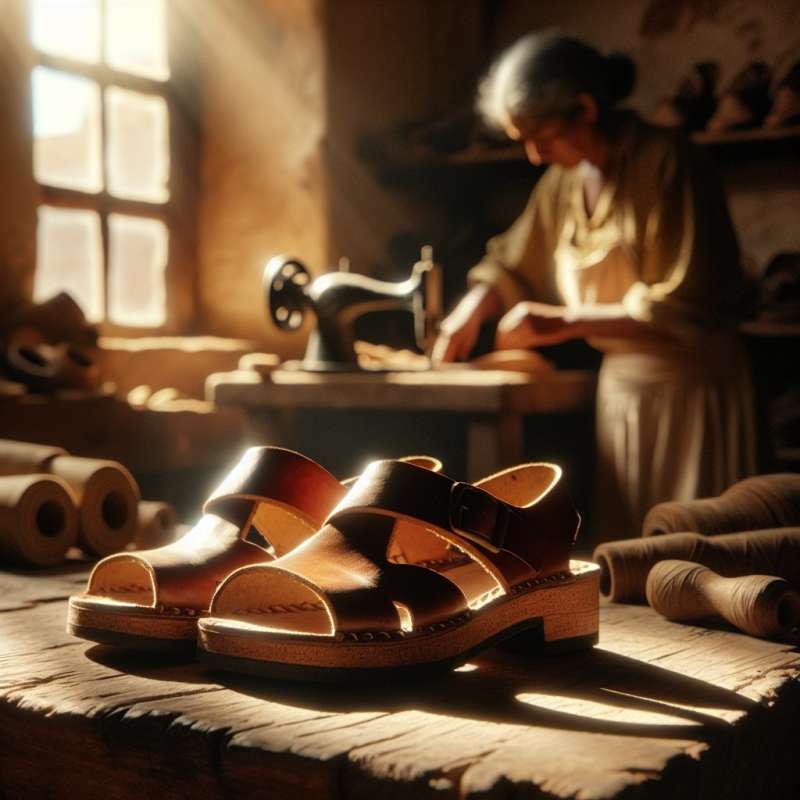
Birkenstock: A Historical View
Originating in 1774, Birkenstock has a rich history. Johann Adam Birkenstock was registered as a 'vassal and shoemaker' in local German church archives, marking the beginning of the brand's long journey.
Unique Footbed Invention
In the 1930s, Birkenstock invented the flexible footbed, a game-changer in shoe comfort. Its contoured cork design mimics a footprint in the sand, supporting natural foot shape.
Post-War Health Boom
After WWII, Birkenstocks gained popularity as health and wellness became a societal focus. The ergonomic design was perceived not just as footwear, but a health product.
1970s: Counterculture Emblem
Birkenstocks became a symbol of the counterculture movement in the 1970s. They were embraced for their simplicity and rejection of mainstream fashion.
Eco-Friendly Materials
Birkenstocks are known for using sustainable materials like cork, natural latex, and jute. The brand emphasizes eco-consciousness in its production processes.
Surprising Celebrity Endorsement
Unexpectedly, high-fashion icons like Heidi Klum and designers like Celine's Phoebe Philo have embraced Birkenstocks, elevating their status to a fashion staple.
Birkenstock's Modern Expansion
Today, Birkenstock has expanded beyond sandals. They offer boots, socks, and even skincare, with products that emphasize foot health and general well-being.
When was Birkenstock's origin?
1930s with footbed invention
1774 as noted in church archives
1970s during counterculture movement
Company